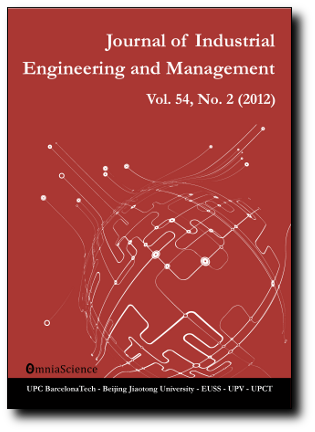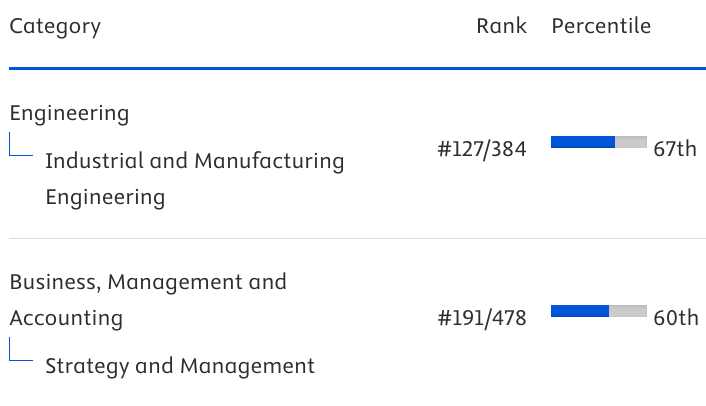A data-driven approach for predicting remaining intra-surgical time and enhancing operating room efficiency
Abstract
Purpose: Efficient scheduling in Operating Rooms (ORs) is essential for optimizing corresponding costs and enhancing customer satisfaction in healthcare systems.
Design/methodology/approach: Conventional static scheduling methods rely on fixed historical surgery times and often lead to inefficient resource utilization and increased costs due to inaccurate predictions of surgical durations. In this regard, this paper introduces an innovative method that employs Convolutional Neural Networks (CNNs) to predict the remaining intra-surgical time through binary classification for the Gallbladder Dissection phase and to dynamically manage OR schedules. The study, although focused on laparoscopic cholecystectomy procedures, demonstrates a method adaptable to other laparoscopic surgeries. The dataset comprises labeled laparoscopic cholecystectomy videos (time labels for different phases) used to train and evaluate the CNN.
Findings: Results show that the proposed method reduces patient waiting times by an average of 87.3% and eliminates OR idle time compared to traditional fixed-time scheduling methods.
Originality/value: The innovative aspect of this study lies in the use of CNNs to forecast surgery completion times, enabling nurses to prepare the next patient promptly and allowing for dynamic rescheduling when surgeries run late or finish early. This combination significantly improves OR utilization efficiency and boosts patient satisfaction.
Keywords
Full Text:
PDFDOI: https://doi.org/10.3926/jiem.8543
This work is licensed under a Creative Commons Attribution 4.0 International License
Journal of Industrial Engineering and Management, 2008-2025
Online ISSN: 2013-0953; Print ISSN: 2013-8423; Online DL: B-28744-2008
Publisher: OmniaScience






